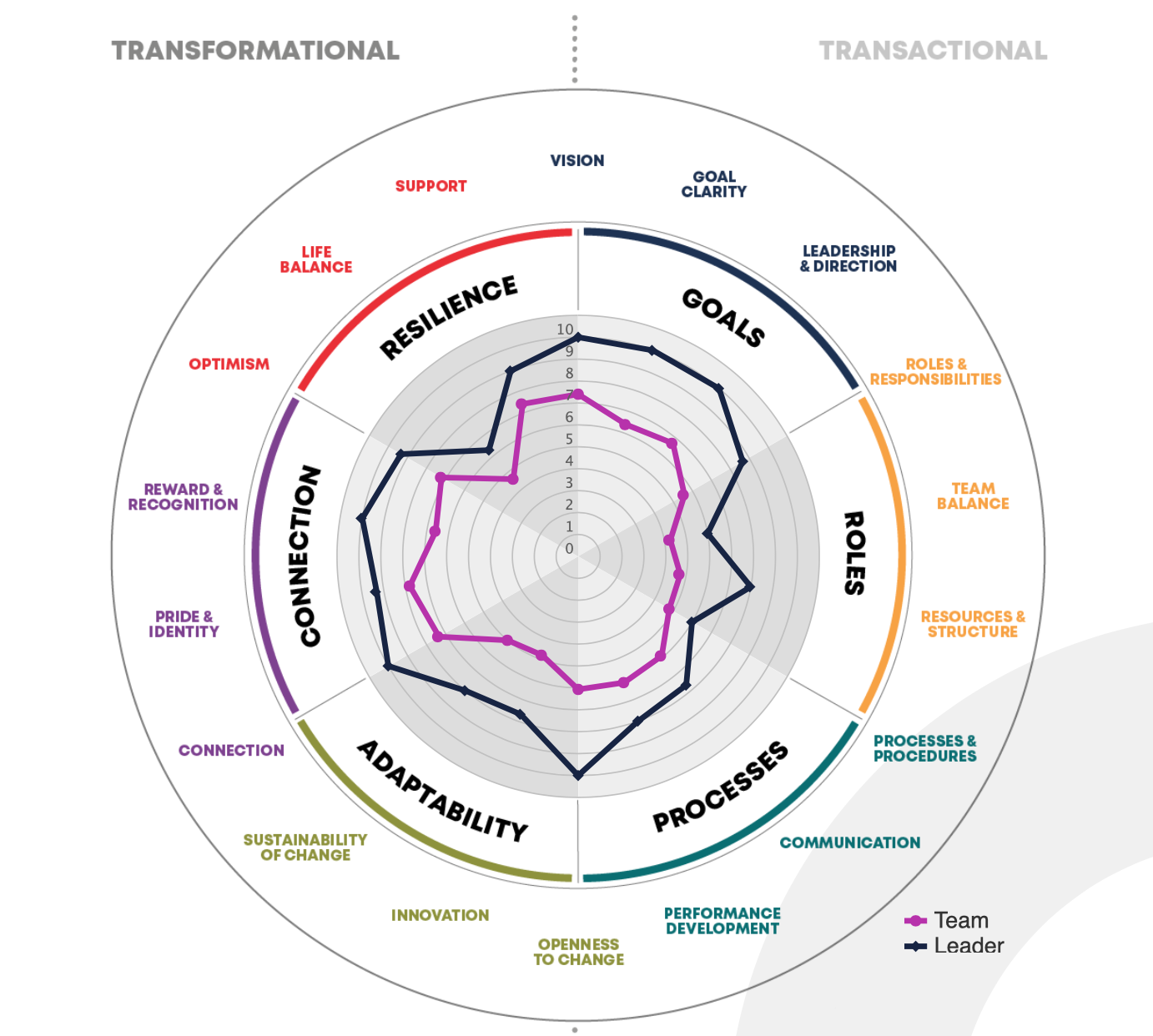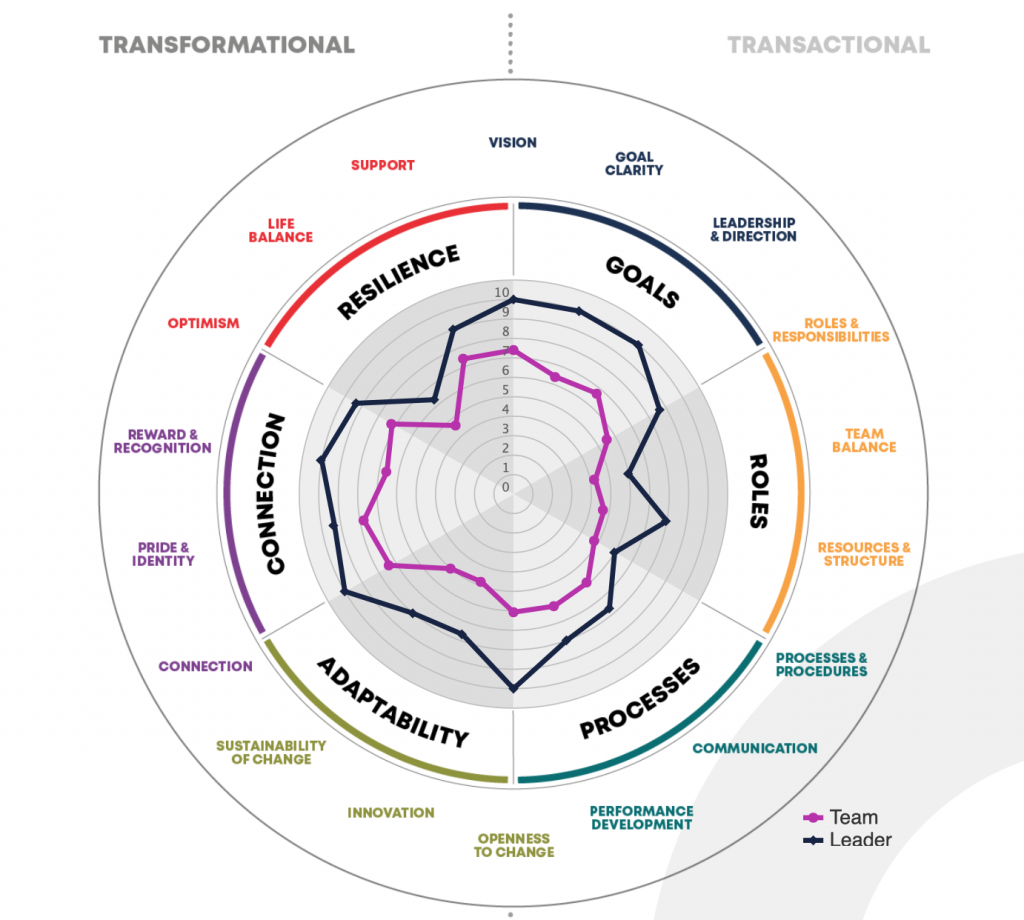With businesses evolving and adapting at pace to drive growth and competitive edge it is imperative that key business functions, such as finance are aligned and have the required skills and expertise to step beyond the traditional remit of the function and into the modern-day needs.
The CFO’s role has evolved considerably and is no longer limited to finance and accounts. They are now playing a central role that gives them a 360-degree view of the entire business.
What makes todays finance leaders different?
Recent research from McKinsey pointed toward four imperatives that outline what a company needs to do differently to be considered finance leaders, these are:
- Cast a wider net for new efficiency opportunities
- Boost finance’s role in managing data
- Strengthen decision making
- Reimagine the finance operating model
How do these points relate to the skills a finance leader would bring?
- Cast a wider net for new efficiency opportunities
They will understand the bigger picture and become more aligned with the wider team e.g. by aligning with your CIO they will help identify, implement and support the adoption of new tech, increasing self-service, improving efficiencies and reducing costs.
2. Boost finance’s role in managing data
Through understanding the value of data across the company they will champion the consolidation, use and management of it to provide valuable insights.
3. Strengthen decision making
They will help drive the changes needed within your organisation to ensure teams are able to access and understand data enabling critical data driven decisions to be made.
4. Reimagine the finance operating model
They will understand the importance of automation, the efficiencies gained and have the ability to structure a team that is able to deliver the company strategy.
The finance leaders of the future are those who are ready to break traditions within the finance function and release added value across insights, relationships, tech adoption and enhanced skills to name a few ultimately, improving efficiencies and decision-making across the organisation.
Is your organisation ahead of the game when it comes to being finance leaders? Or are you looking to change your strategy to secure success?
Tribus provide insightful people solutions including culture development, talent acquisition and leadership development to SMEs, helping to target and eliminate barriers to growth.
Get in touch to talk to us about what you need to be looking for in your next Senior hire.
Sources




